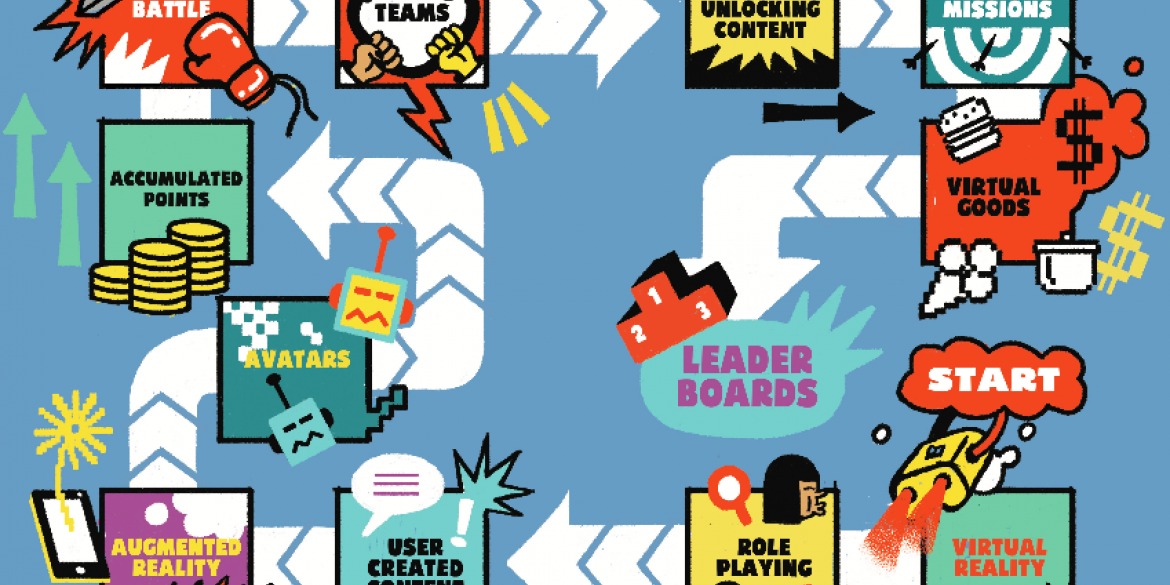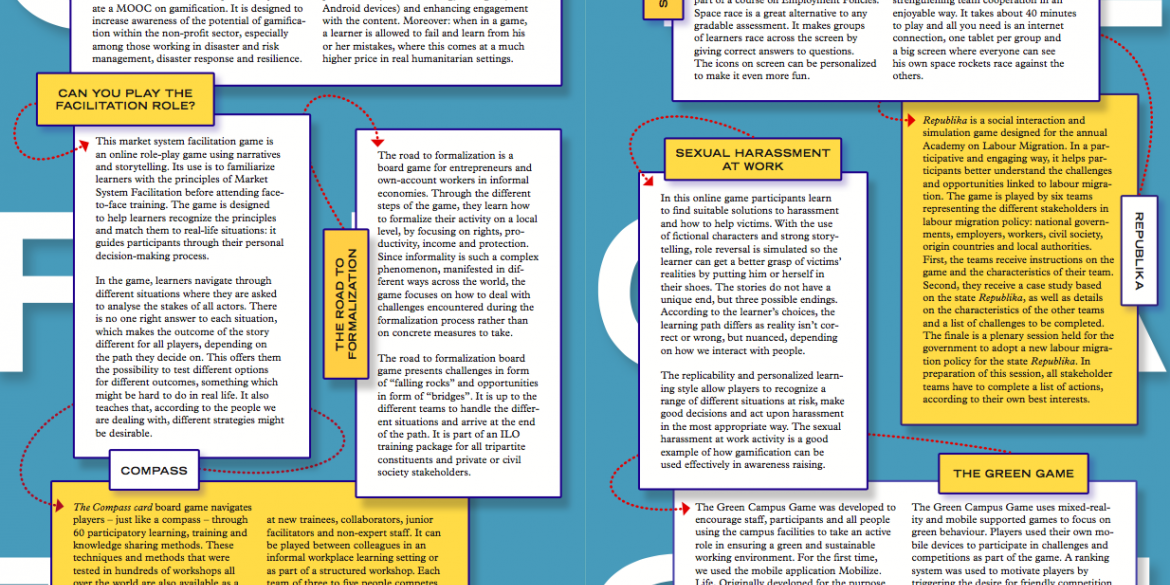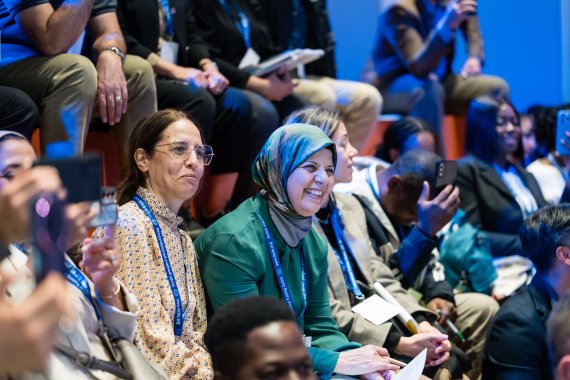Gamification at the ILO Training Centre
Gamification at the ILO Training Centre
Turning learning into a game and facilitating exchange among participants despite linguistic and cultural barriers
16 Agosto 2018

Games are suited to change the world for the better. Or as the American game designer Jane McGonigal points out: “When we are playing games, we are tapping into our best qualities, our ability to be motivated, to be optimistic, to collaborate with others and to be resilient in the face of failure”. Being able to fail actually helps you to learn better and to learn from your mistakes, and that’s what happens in games. Therefore games can be a vehicle for learning, to promote sustainable behaviours and raise awareness on social topics.
Innovative companies and organizations recognized the opportunity to use “gamification” to that extent and the power it has to create shared values for individuals and communities. The ILO Training Centre didn’t miss the game train and started experimenting early with adding game elements to training programmes and other activities. We recognized that gamification emerged as useful to solidify the knowledge of learners on certain theoretical topics. During courses it thereby enhanced group participation and teamwork, both during the game and in other lectures. Finally, it also helped participants to network with one another despite linguistic and cultural barriers.
This article gives an overview of eight key gamification projects developed by the Centre which all use gaming elements to get an important message or knowledge across. Or, as one of the pioneers of gamification, Mary Poppins, likes to put it: “In every job that must be done there is an element of fun. You find the fun and 'snap' the job's a game. And every task you undertake, becomes a piece of cake”.
Originally published in the Future of Learning magazine.



